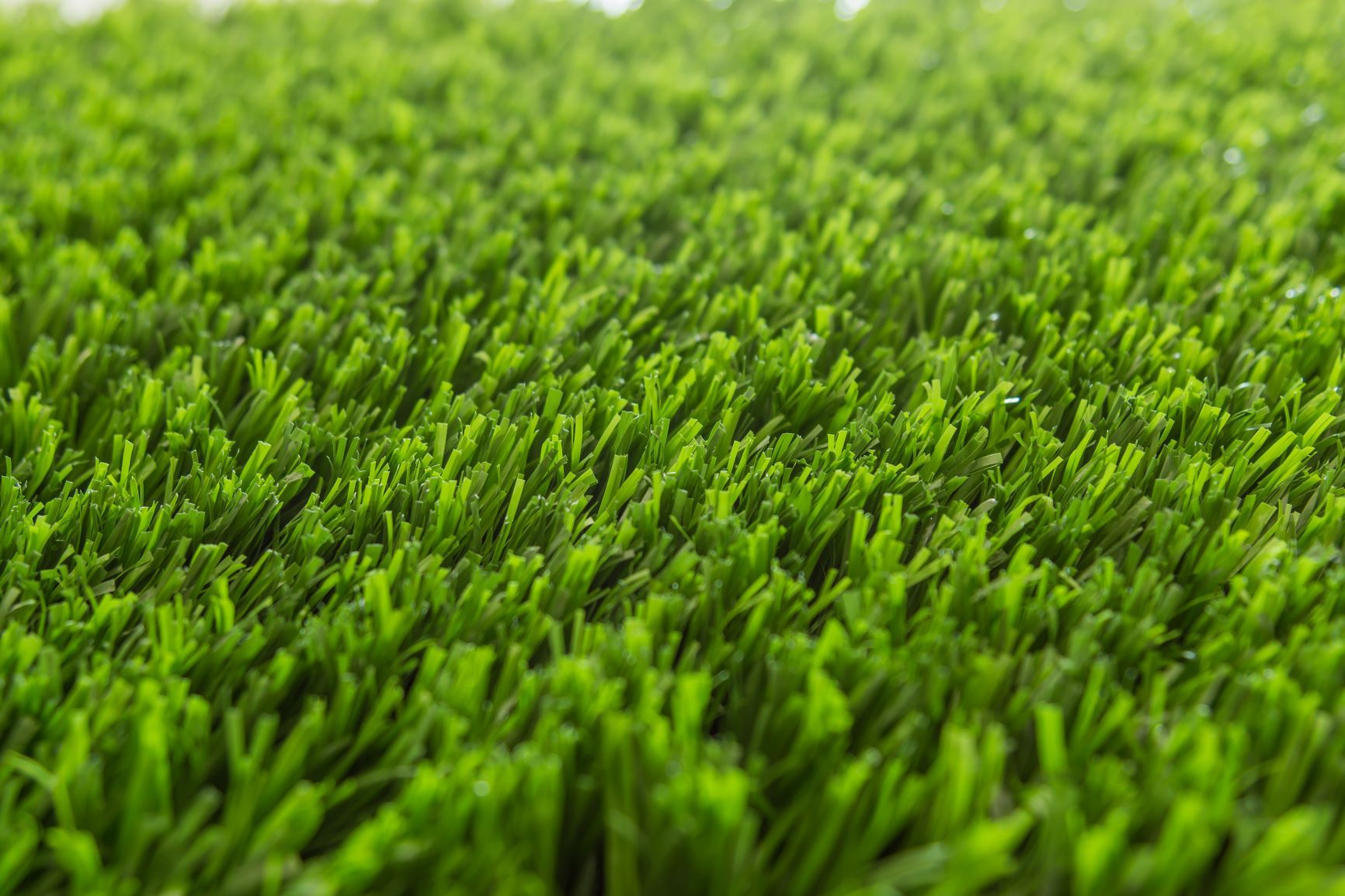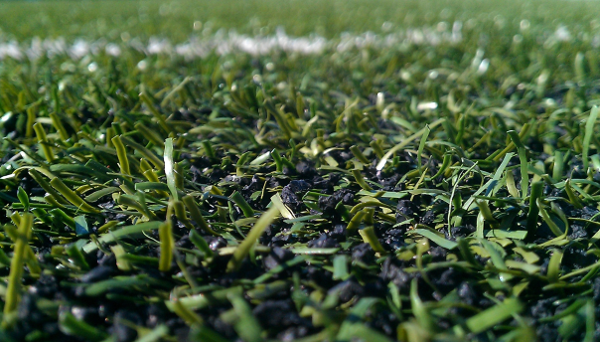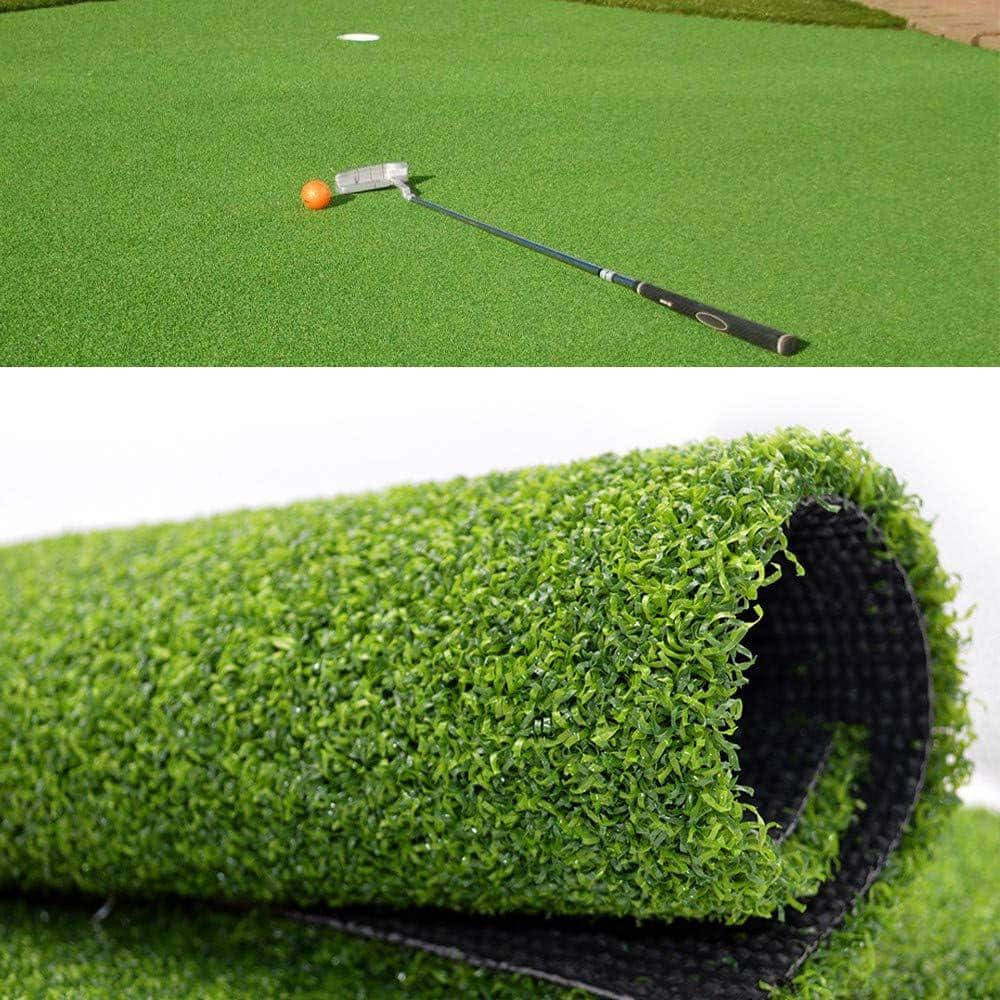Choose Trusted Artificial Turf Companies Phoenix for Long-Lasting and Natural-Looking Grass
Choose Trusted Artificial Turf Companies Phoenix for Long-Lasting and Natural-Looking Grass
Blog Article
Look Into the Environmental Conveniences of Opting for Artificial Lawn Solutions
The fostering of synthetic lawn options presents a compelling chance to resolve pressing environmental obstacles. By significantly minimizing water use and minimizing the application of unsafe chemicals, these choices not just advertise lasting landscaping however also secure neighborhood ecological communities.
Water Conservation Perks
One of the most significant advantages of synthetic turf is its capacity to save water. In comparison, artificial lawn does not need watering, dramatically decreasing the total demand for water resources.
By getting rid of the demand for regular watering, synthetic grass adds to lasting landscape methods and aids alleviate the environmental influence of extreme water consumption. Moreover, the preservation of water reaches the decrease of runoff, which can lead to dirt disintegration and waterway contamination.
Additionally, the installation of man-made turf enables homeowners and municipalities to designate water sources much more effectively, concentrating on essential uses such as alcohol consumption water and agriculture. The shift towards synthetic grass not only promotes responsible water usage yet additionally lines up with broader ecological objectives focused on protecting natural deposits.
As communities increasingly focus on sustainability, the water conservation benefits of synthetic turf offer a compelling instance for its adoption in household and industrial landscaping projects.
Reduced Chemical Use
The change to synthetic grass significantly lowers the reliance on chemical treatments typically made use of in all-natural grass maintenance. Conventional grass monitoring commonly involves the application of herbicides, fertilizers, and chemicals to promote growth and control pests. These chemicals can posture threats to human health and wellness, local wildlife, and the environment, adding to dirt and water contamination.
On the other hand, synthetic grass eliminates the demand for these harmful substances. As soon as mounted, it calls for marginal upkeep, mostly consisting of routine cleansing and infrequent infill replenishment. This decrease in chemical use not only benefits the instant atmosphere yet also adds to broader eco-friendly security. By reducing the release of artificial substances into the community, artificial grass advertises much healthier dirt and water systems.
Additionally, the absence of chemical drainage connected with synthetic grass setups assists shield neighborhood waterways from contamination, supporting aquatic life and preserving biodiversity. Phoenix turf companies. As areas significantly prioritize lasting techniques, choosing synthetic grass provides a practical service that aligns with ecological conservation goals. Through this change, homeowner can take pleasure in lavish eco-friendly areas without endangering ecological wellness, leading the way for an extra sustainable future
Lower Carbon Impact

Moreover, the setup of artificial lawn can lead to significant water preservation. All-natural yards need significant quantities of water for watering, which not just contributes to the carbon impact connected with water extraction and therapy but additionally strains local water sources. In contrast, artificial grass needs very little upkeep, calling for no watering, thereby considerably minimizing water use and its connected power prices.
Additionally, the durability of man-made turf adds to its reduced carbon effect. With a life-span of as much as 15 years or more, the need for regular substitutes is reduced, leading to much less waste and reduced power intake in manufacturing and getting rid of typical grass alternatives. Overall, synthetic grass offers a sustainable choice look at this web-site for ecologically mindful landscaping.
Environment Conservation
Environment preservation is an essential factor to consider in the argument over landscaping choices, particularly when comparing artificial turf to all-natural turf. All-natural lawn lawns typically call for considerable maintenance, including using chemicals, my review here herbicides, and fertilizers, which can adversely influence regional environments. These chemicals can leach into the dirt and waterways, damaging native plants and fauna and disrupting local habitats.
In comparison, synthetic grass provides a possibility to reduce the environmental impact of landscaping. By choosing artificial turf, house owners can reduce the disruption of natural environments linked with conventional lawn treatment methods. Fabricated turf gets rid of the need for dangerous chemicals, therefore shielding nearby wild animals and preserving the integrity of surrounding ecosystems. The installation of synthetic turf can lead to the conversion of previous yard locations into more biodiverse landscapes, such as pollinator gardens or native plant areas, which can sustain local wild animals.
Inevitably, the shift to fabricated grass not just conserves water and reduces upkeep initiatives but also fosters a more unified connection between human tasks and the native environment, advertising environment preservation in the procedure.
Long-Term Sustainability
Long-term sustainability is a vital consider reviewing the advantages of artificial turf over typical turf lawns. Among one of the most significant benefits of synthetic grass is its sturdiness; it can last up to 15-20 years with very little upkeep, whereas all-natural lawn requires regular reseeding and replacement. This durability minimizes the need for constant resources, such as water, fertilizers, and pesticides, which are necessary for preserving a healthy yard lawn.
In addition, synthetic grass contributes to a reduction in carbon emissions associated with yard care tools. Conventional lawns often call for gas-powered mowers, leaners, and blowers, all of which contribute to air pollution. Artificial turf companies phoenix. In contrast, synthetic grass eliminates the demand for such equipment, advertising a cleaner atmosphere
Furthermore, the manufacturing of synthetic grass significantly uses recycled materials, improving its sustainability profile. As suppliers adopt environment-friendly techniques, the environmental impact of synthetic grass remains to lessen.

Verdict
The fostering of fabricated lawn services provides considerable ecological benefits, consisting of considerable water preservation, decreased reliance on dangerous chemicals, and a lower carbon footprint. In addition, man-made turf aids in maintaining all-natural habitats by lessening land disturbance and promoting long-lasting sustainability through the use of resilient materials. Jointly, these elements emphasize the possibility of synthetic grass to add favorably to ecological wellness and provide a feasible option to conventional landscape design techniques in an increasingly resource-conscious world.
In comparison, artificial turf does not need watering, substantially lowering the total need for water sources. By reducing the launch of artificial substances into the ecosystem, man-made lawn promotes much healthier dirt and water systems.
In addition, the setup of man-made grass can result in substantial water preservation. In comparison, artificial turf needs marginal maintenance, calling for no watering, thus considerably decreasing water use and its linked energy costs.

Report this page